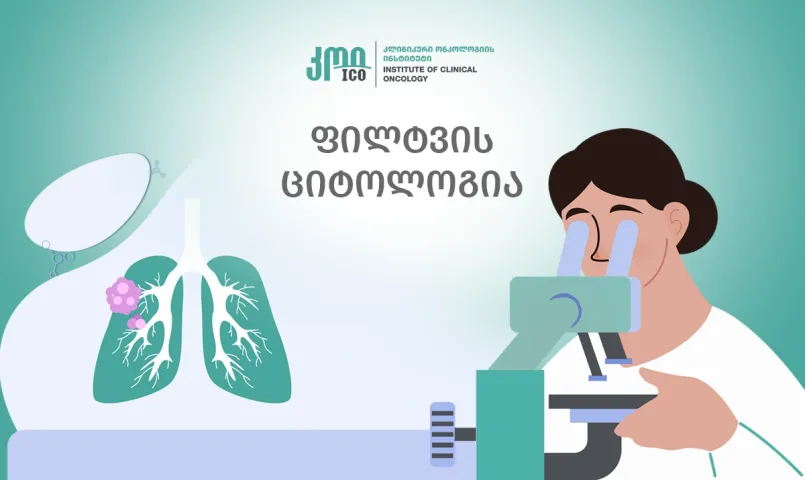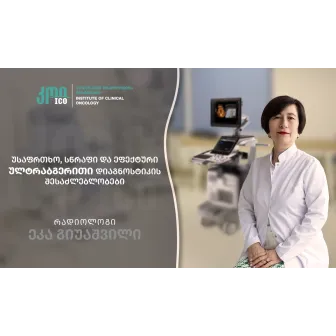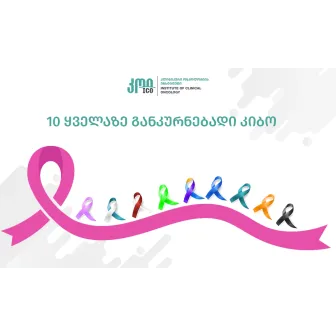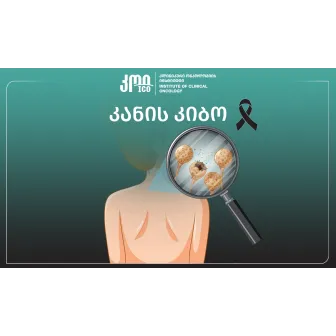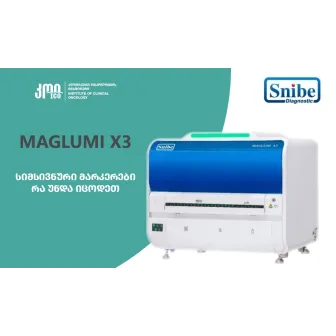Lung cancer ranks second in prevalence and first in mortality among all types of cancer worldwide.
Lung cancer is often asymptomatic and, therefore, its early diagnosis is complicated. There are various methods for early detection, one of which is cytological tests.
Cytological examination is crucial for both initial and differential diagnoses, as well as for assessing the presence of metastatic disease. It provides several benefits and high diagnostic accuracy.
The types of citological materials are:
- Sputum cytology
- Bronchoscopic brush biopsy and lavage
- Pleural puncture - for confirmation of metastatic cancer
- Fine needle aspiration biopsy (FNA) - for examination of peripheral lymph nodes.
The most commonly submitted cytological material is sputum, which can be easily collected and repeated if needed. It is especially informative in centrally located tumors (e.g., squamous cell carcinoma localized in the trachea and large bronchi).
The cells are easily passed into sputum, so this biological material may be the first clue to a malignant process, often before clinical symptoms develop.
Bronchoscopic brush biopsy provides information on the characteristics of cells collected from the bronchial mucosa. It is particularly effective for central lung cancer (e.g., squamous cell carcinoma).
In addition to cancerous lesions, it is also possible to detect precancerous, dysplastic, or infectious changes.
The sensitivity of this study in diagnosing lung cancer is approximately 60-85%, and the specificity is very high (>90%).
Pleural puncture aspiration is a diagnostic and therapeutic procedure in which fluid is removed from the pleural cavity. It is one of the key components for diagnosing malignant pleurisy and guiding treatment. The sensitivity for detecting malignant pleurisy ranges from 60% to 80%.
Fine needle aspiration biopsy (FNA) is an essential technique for diagnosing and staging lung cancer, enabling detection of metastases and identification of the tumor type at the cellular level. The benefits of this method include being minimally invasive, providing quick results, and allowing the sample to be used in immunocytochemistry.
Importance of cytological examination:
Depending on the location and type of tumor, cytology methods can be used for primary diagnosis, prognosis, and prediction of tumor behavior, as well as for secondary or recurrent diagnoses. They can also be used to determine the stage.
Cytological examination can also be performed in cases where a biopsy cannot be performed (e.g., patients in critical condition who cannot tolerate invasive intervention).
Cytology tests are a rapid, affordable, minimally invasive, and safe method for diagnosing lung cancer. They are often used as the initial step in the diagnostic process.
- Views:974




